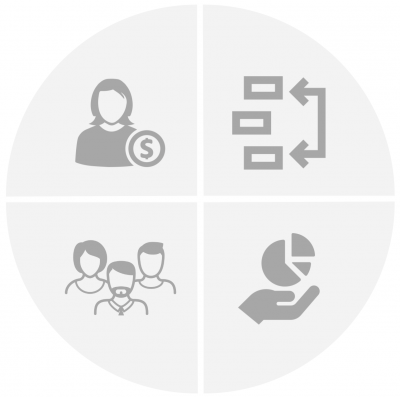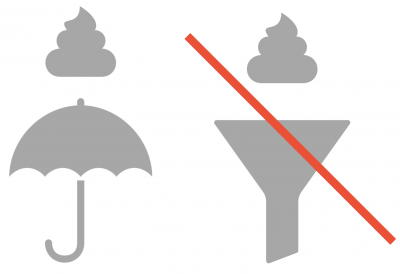Agile Roles: Product Owner
(This is a script for a video that will be produced soon.)
Per the official scrum guide, The Product Owner is “responsible for maximizing the value of the product resulting from work of the Development Team.”
The Product Owner is responsible for determining the What, Why, and relatively When. Absolutely when and how are left to the team.

The Product Owner spends about a quarter of their time with customers and stakeholders, a quarter of the time developing, refining, and communicating the vision, roadmap, and product backlog, quarter of the time doing research and analysis, and a quarter of the time working directly with the team.
Although anyone can write backlog items, a Product Owner is the sole person responsible for managing the product backlog.
- A Product Owner will clearly express the what and why for every backlog item. The development team, on the other hand, gets to decide how to complete the backlog.
- They are solely responsible for ordering items in the backlog to maximize value delivery and learning, but they take input from the their team and stakeholders.
- Lastly, they ensures the team understands and contributes to the refinement of backlog items, such as through backlog refinement

Todd Jackson, a former Gmail product manager, once said that it is a product manager’s responsibility to be a “[poop] umbrella,” not a “[poop] funnel.” This means that the Product Owner protects the team from interference. In exchange, the development team doesn’t work on anything unless the Product Owner knows and approves, with an exception for emergency fixes. Otherwise, the Product Owner won’t know what is going on well enough to defend the team.
The Product Owner is the voice of the customer on the team. A great Product Owner will connect their development team to their customers, both directly and indirectly. For example, I found it helpful to maintain a document that contained brief, organized summaries of all of the important and relative feedback they received from users, along with my commentary. This document basically became the living reference I used when making Product Backlog decisions.
It’s also helpful for the Product Owner to facilitate discussions between developers and customers. For instance, if a Product Owner and user experience researcher will be visiting a customer’s site to interview two or more users, they may also bring along a tech lead or member of the development team. Three or more people from your company interviewing a single customer may be a bit overwhelming for the customer, so invite people judiciously. You can even record these interviews with everyone’s permission and create a functional spike for the development team to review the recording, share their perspectives, and suggest questions for the next interview.
Although we want developers talking to our customers, we should also be sure to protect them both. A less-valuable customer may get an inappropriate channel for unofficial support, or a developer may inadvertently leak a expected ship date before it has been communicated by the marketing team. There are no hard-and-fast rules here per-se other than to be aware and responsive.
We recommend that there is only one Product Owner per team. Otherwise, Development Team members won’t know who to turn to when making decisions.
